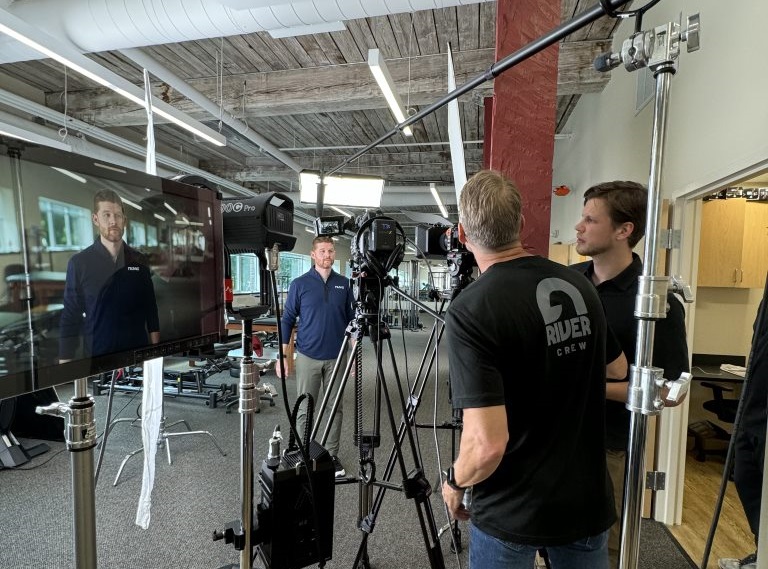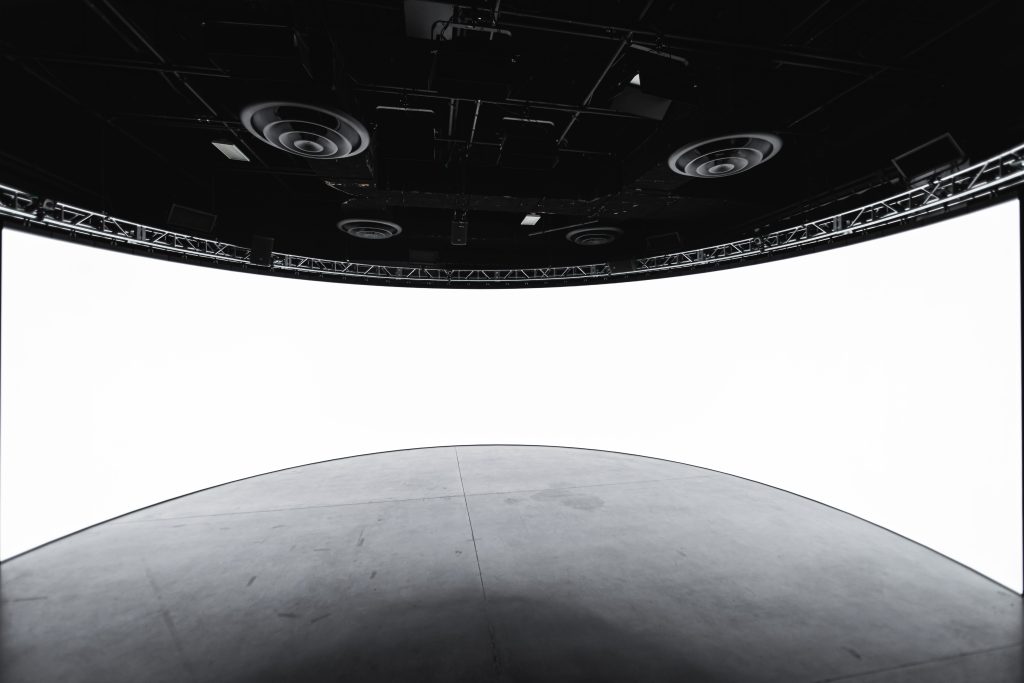In the world of cinematic video production, every frame is an opportunity to evoke emotion and convey meaning. The choices filmmakers make regarding shot composition and camera movement are powerful tools that can profoundly influence how viewers perceive and feel about the content they’re watching.
The Psychology of Shot Composition
Shot composition goes beyond simply framing a subject. It’s about creating a visual language that speaks directly to the viewer’s subconscious. Here’s how different compositional choices can affect audience perception:
- Wide Shots
- Wide shots establish context and can make subjects appear small or insignificant within their environment. This can evoke feelings of isolation or showcase the grandeur of a location.
- Close-Ups
- Close-ups bring intimacy and focus attention on emotional expressions. They can create a sense of connection between the viewer and the subject, heightening emotional impact.
- Rule of Thirds
- Placing subjects off-center using the rule of thirds can create a sense of balance or tension, depending on the scene’s context.
- Leading Lines
- Using natural lines within the frame to guide the viewer’s eye can create a sense of movement or direction, subtly influencing how the audience interprets the scene.
The Power of Camera Movement
Camera movement is another crucial element in shaping viewer experience. Different types of movement can elicit various emotional responses:
- Steady Cam
- Smooth, gliding movements can create a sense of calm or stability, allowing viewers to feel at ease within the scene.
- Handheld
- Shaky, handheld shots can increase tension and create a sense of urgency or realism.
- Dolly Shots
- Slow, deliberate movements towards or away from a subject can build anticipation or create a sense of revelation.
- Pans and Tilts
- These movements can reveal information gradually, building suspense or showcasing relationships between elements in the frame.
Case Study: Nuvio One Mobility Device
In our recent project for Nuvio, we applied these principles to create a video that not only showcased their product but also embodied their brand ethos of freedom and mobility.
Integrating Movement
We made a conscious decision to incorporate movement into every shot. This choice was directly tied to Nuvio’s mission of providing mobility assistance and enabling easier access to the world.
Creating a Sense of Freedom
By ensuring that either the camera or the subjects within the frame were always in motion, we aimed to evoke the feeling of freedom that the Nuvio One mobility device provides to its users.
Emotional Connection
This consistent movement throughout the video helps viewers connect emotionally with the product’s purpose. It allows them to experience, visually and viscerally, the independence and mobility that Nuvio One offers.
That’s A Wrap
The art of cinematography lies not just in capturing beautiful images, but in using those images to tell a story and evoke specific emotions. By carefully considering shot composition and camera movement, filmmakers can create a visual experience that resonates deeply with viewers, reinforcing the message and emotional core of their content.
In the case of Nuvio, our approach to integrating movement into every shot served to underscore the brand’s commitment to mobility and freedom. This alignment between visual storytelling and brand values creates a powerful and cohesive viewing experience that stays with the audience long after the video ends.





